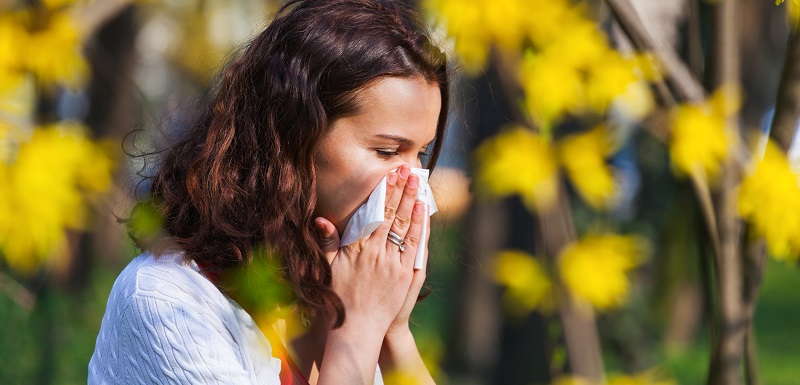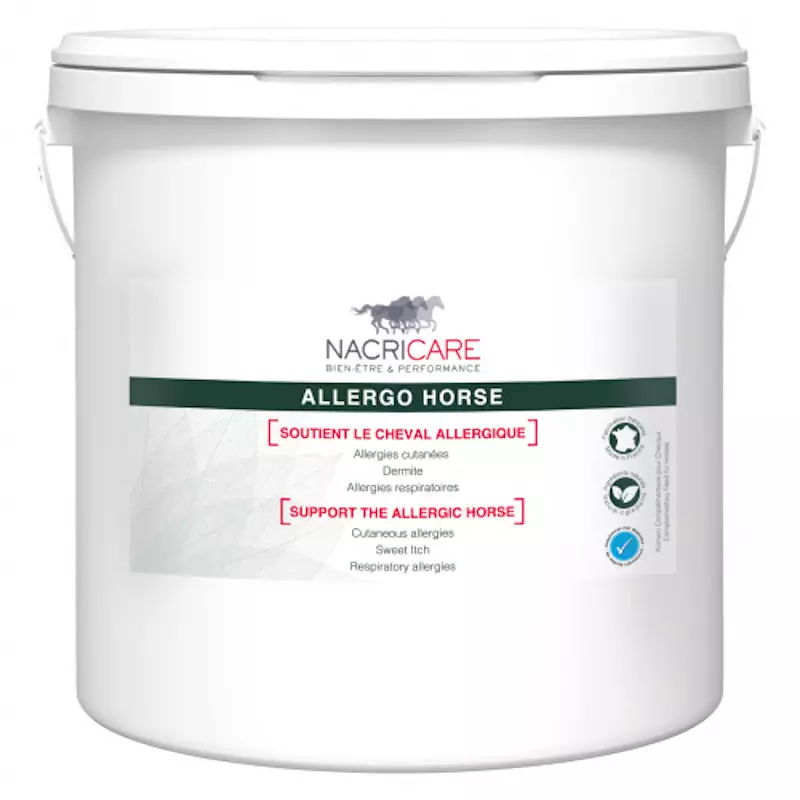Recent scientific advances shed new light on the treatments of the respiratory allergies. Researchers, notably in Toulouse, have highlighted a molecule key that could revolutionize our understanding of the mechanisms underlying allergic reactions. These discoveries invite the exploration of various therapeutic options, ranging from antihistamines to corticosteroids, without forgetting the promises ofimmunotherapy. Faced with the increase in cases of allergies, it is crucial to look at emerging solutions and innovative approaches that aim to reduce the impact of these conditions on patients’ quality of life.
|
IN BRIEF
|
THE respiratory allergies represent a major public health issue, affecting a growing proportion of the world’s population. In this context, notable advances have been made regarding treatments. This document looks at new developments in therapeutics, from molecules to innovative approaches, including established symptomatic treatments.
Discovery of new therapeutic targets
Recently, researchers from Toulouse identified a molecule playing a major role in triggering respiratory allergies: alarmines. These proteins, present in cells of the immune system, are now considered promising therapeutic targets for the treatment of various allergic respiratory diseases. Their understanding makes it possible to consider the development of more targeted and potentially more effective treatments.
Current drug treatments
Currently, the treatment of respiratory allergy is mainly based on medication. symptomatic, such as antihistamines and corticosteroids. THE inhaled corticosteroids, for example, remain the gold standard for asthma control. However, these treatments are often limited to a symptomatic approach without resolving the underlying cause of allergies.
Immunotherapy and desensitization
Immunotherapy, a method of desensitization, is also constantly evolving. It consists of administering allergens in increasing doses, thus allowing the immune system to learn to tolerate these substances. This approach has shown promising results, with benefits that may persist even after treatment is stopped. Currently, there are different forms of immunotherapy, including injections as well as sublingual treatments.
Natural and complementary treatments
Research on solutions natural to relieve respiratory allergies also open up interesting perspectives. Among them, the use of common caper (Capparis spinosa) stands out, highlighting protective properties that could complement conventional treatments. These approaches may offer patients an alternative for managing their symptoms.
Conclusion on evolving treatments
Treatments for respiratory allergy continue to evolve, incorporating recent scientific discoveries and innovative approaches. The combination of classic drug treatments, immunotherapeutic approaches and natural solutions offers a range of choices for patients, promising more effective management of respiratory allergies. For more information on treatment options, you can check out resources such as Giphar, Youth Health Pass, or even Ameli.

THE respiratory allergies represent a major public health issue, affecting millions of people around the world. Researchers from Toulouse have recently identified a molecule at the origin of allergic reactions, which opens new perspectives for the treatment of these conditions. This article presents recent advances in respiratory allergy treatments, focusing on new methods and therapies emerging on the market.
Discovery of new therapeutic targets
The studies carried out in Toulouse highlight the crucial role of alarmines, which are molecules signaling injury or infection, in the triggering of respiratory allergies. These molecules appear to be promising therapeutic targets. By inhibiting the action of alarmins, it would be possible to reduce the activation of allergic reactions and improve the conditions of patients suffering from allergic rhinitis orasthma.
Innovations in drug treatments
Currently, the treatment of respiratory allergies relies largely on medications such as antihistamines and the corticosteroids. The latter are often prescribed in the event of an asthmatic attack or acute allergic manifestations. However, new drug formulations and combinations are being developed, aimed at improving effectiveness and reducing side effects. For example, the inhaled corticosteroids remain the norm in asthma control, but new targeted approaches could offer interesting alternatives.
Immunotherapy and desensitization
L’immunotherapy, or desensitization, represents an increasingly used treatment strategy for respiratory allergies. These treatments consist of the progressive administration of allergens at controlled doses, in order to modulate the immune response and reduce the patient’s sensitivity. Studies show that these effects can persist even after treatment is stopped. The new forms ofsublingual immunotherapy are promised to be less invasive and easier to administer compared to traditional injections.
Natural and preventive treatments
Alongside drug treatments, the use of natural remedies is beginning to emerge in the field of respiratory allergies. For example, the common caper (Capparis spinosa) has shown interesting protective properties against allergies. By integrating preventative solutions, such as reducing exposure to allergens and implementing environmental measures, we can also help alleviate allergic symptoms.
Role of technological advances
The development of new technologies, such as devices for monitoring air and the use ofmobile apps, could help patients better manage their allergic condition. These tools make it possible to track allergen levels in the environment and inform users in real time about risky periods. As a result, patients are better prepared and can adjust their treatments accordingly.

Recent advances in the field of respiratory allergy treatments are encouraging and promise new achievements in the fight against this often debilitating condition. In particular, researchers at Toulouse identified a key molecule involved in the triggering of respiratory allergies, highlighting the importance of alarmins as new therapeutic targets. These findings pave the way for more effective interventions, going beyond traditional symptomatic treatments such as antihistamines and the corticosteroids, often used to alleviate symptoms.
In the fight against respiratory allergies, immunotherapy, particularly in the form of desensitization, is a promising approach. This treatment involves gradually exposing the patient to controlled doses of the allergen, which can result in a significant reduction in symptoms, even after treatment has stopped. Research into the effectiveness of this method continues to evolve, strengthening the credibility of immunotherapy in the management of allergic diseases.
Furthermore, it is essential to highlight the emergence of auxiliary treatments based on natural ingredients. The use of common caper (Capparis spinosa), for example, offers promising protective properties that could enhance the effectiveness of commonly prescribed drug treatments. The integration of these natural alternatives into care could allow better control of symptoms while minimizing the side effects often associated with traditional medications.
In sum, research continues to illuminate the treatment landscape for respiratory allergies, offering hope for more tailored and personalized solutions for patients suffering from these conditions. These advances, combined with traditional methods, can significantly improve the quality of life of people affected by this contemporary problem.








